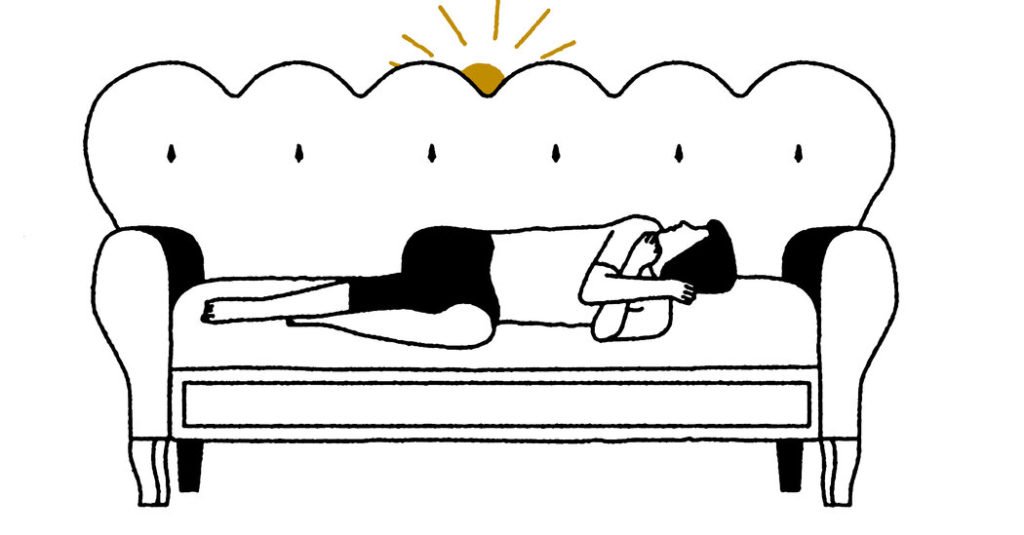Light boxes — devices that produce artificial light similar to sunlight — may be an effective way to correct that. In a meta-analysis of 19 studies, bright light therapy was superior to placebo; another small study found 61 percent of light-therapy patients saw their depression symptoms ebb in four weeks.
There is some evidence that sitting in front of a 10,000-lux (the measure of light intensity) light box for 30-45 minutes every day around sunrise during fall and winter decreases S.A.D. symptoms. If you’re currently experiencing S.A.D. symptoms, it’s not too late to start. You can also begin treating next season’s symptoms in the fall.
As tempting as it is to hit the snooze button on weekends, Dr. Desan said your mood will start to sag again if you don’t do your treatment every day around sunrise, so build light therapy into your life. Most research-grade light boxes allow you to sit at arm’s length and move your head, so you should be able to eat breakfast, drink coffee or read.
An effective light box is usually at least $100, but not every option is equally effective. Of the 24 devices Dr. Desan tested in 2019, only seven met clinical criteria. The rest weren’t as effective as research-grade boxes.
Get outside.
According to Anna Wirz-Justice, professor emeritus in the Centre for Chronobiology at the University of Basel, in Switzerland, natural light isn’t only cheaper than a light box, it’s also brighter. Sunrise light is equivalent to 1,000 lux. A rainy morning provides around 10,000 lux, and snow on the ground is even brighter, at 50,000 lux.
Aim to go outside within 30 minutes after sunrise. “You don’t need to see the sun cross the horizon,” said Dr. Huberman. “What you’re looking for is the quality of light that happens when the sun is low in the sky.”
Duration depends on where you live and the weather. Dr. Huberman suggested around five minutes outside if it’s bright or 10-15 minutes if it’s cloudy. It’s OK to wear glasses or contacts, but skip sunglasses and never look at the sun directly.
